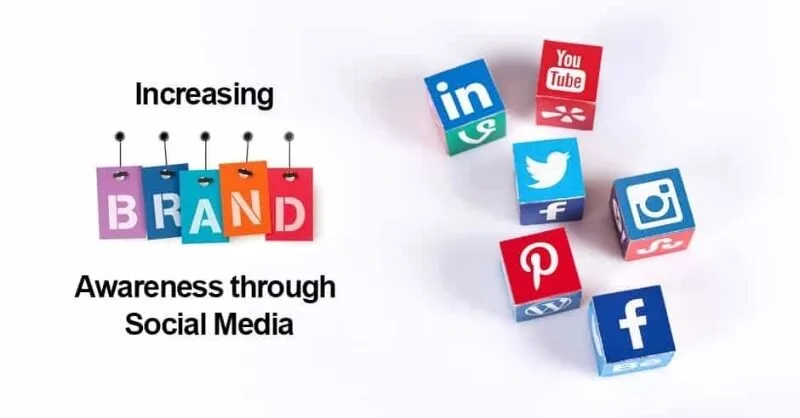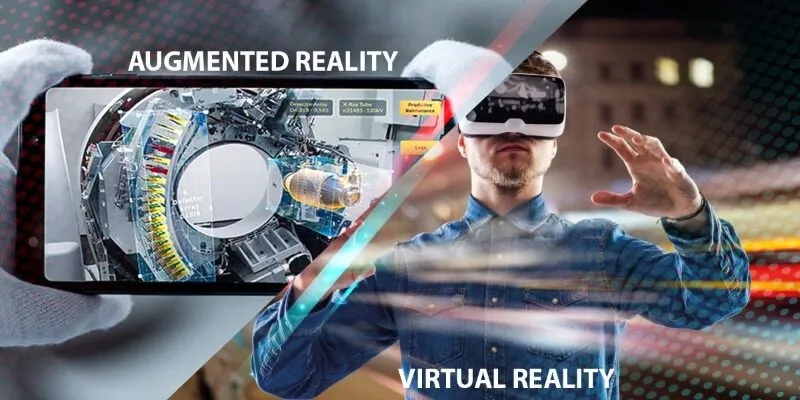In today’s world, brands need more than just a logo and a catchy slogan. They need to connect with people where they spend the most time – in the digital world. Digital media offers brands endless ways to express who they are and what they stand for, allowing them to reach audiences in new, creative, and powerful ways. From social media to virtual reality, the landscape of branding has evolved tremendously. Let’s explore how digital media is reshaping how brands communicate.
The evolution of digital media in branding
Digital media has completely transformed branding. It used to be that brands relied heavily on traditional media like TV, radio, and print to reach their audience. But with the rise of the internet and social media, everything changed.
The evolution from legacy media to digital ecosystems
The move from traditional media to digital ecosystems is a huge leap. In the past, legacy media was all about broadcasting a message to a wide audience, hoping it would stick. With digital media, brands can now create personalized experiences and speak directly to individuals.
Digital ecosystems – like websites, apps, and social platforms – allow brands to build communities around their products or services. It’s no longer about one-way communication; it’s about creating lasting relationships with customers.
Harnessing the potential of social networks for brand influence
Social media has become one of the most powerful tools for brands to express themselves. Platforms like Instagram, Facebook, TikTok, and LinkedIn allow brands to engage with their audience in real-time.
Whether it’s through storytelling, sharing behind-the-scenes content, or simply interacting with followers, social media provides a unique way for brands to build loyalty and influence. By leveraging the power of social networks, brands can reach people in ways that feel more personal and authentic.
New and innovative ways to express a brand through digital media
As technology evolves, so do the ways brands can express themselves through digital media. Now, brands are creating interactive experiences, dynamic content and immersive storytelling to stand out from the crowd.
Interactive content
One of the most exciting developments in digital media is the rise of interactive content. Whether it’s quizzes, polls, or interactive videos, brands are using this type of content to engage users in a more meaningful way. Interactive content allows customers to actively participate in the brand’s story, making them feel more connected. It also provides brands with valuable insights into customer preferences and behaviors.
Crafting narratives through the dynamic mediums of animation and video
Animation and video have become key players in digital branding. These dynamic mediums allow brands to tell their stories in a way that is both visually captivating and emotionally engaging. Videos can be used to showcase products, share customer testimonials, or explain complex ideas in a simple, relatable way. Animation, on the other hand, offers a creative and flexible approach, allowing brands to create unique, memorable visuals that stick with their audience.
Immersive experiences with virtual reality (VR) and augmented reality (AR) technologies
Virtual reality (VR) and augmented reality (AR) are game-changers when it comes to creating immersive brand experiences. Brands are now using these technologies to give customers the chance to “experience” their products or services in a whole new way.
For example, a furniture brand might use AR to allow customers to see how a couch would look in their living room. VR, on the other hand, can transport customers into a virtual showroom or event. These immersive experiences provide a wow factor that can set a brand apart from its competitors.
Hyper-personalized content fueled by AI-driven strategies
By analyzing data and customer behavior, AI allows brands to deliver hyper-personalized content to their audience.
Whether it’s through personalized email campaigns or tailored product recommendations, AI helps brands reach the right people with the right message at the right time. This level of personalization not only improves customer experience but also increases engagement and loyalty.
The role of influencer marketing and partnerships in digital media
Influencer marketing has become a huge part of digital branding. By partnering with influencers, brands can tap into new audiences and build credibility. Influencers have built strong relationships with their followers, and when they promote a product or service, it feels more authentic and trustworthy than traditional ads.
Amplifying brand visibility through influencer collaborations
Collaborating with influencers can help brands increase their visibility in a crowded market. These partnerships allow brands to reach niche audiences that they might not have access to otherwise. By working with influencers who align with the brand’s values, companies can create more genuine connections with their target audience. The right collaboration can generate buzz, drive sales, and elevate a brand’s image.
Co-branding and collaborations
Co-branding is another effective way for brands to express themselves through digital media. By teaming up with other brands, companies can tap into each other’s strengths and expand their reach. Whether it’s a joint product launch, a shared campaign, or a special event, co-branding allows both brands to benefit from the partnership. This strategy can create excitement around the brands and offer something new and valuable to their audience.
Best practices for using digital media to express a brand
To successfully express a brand through digital media, it’s important to keep a few best practices in mind.
Ensuring coherence in tone and messaging across all touchpoints
Whether customers are interacting with your brand on social media, your website, or in an email campaign, the tone and messaging should be the same. This helps build trust and ensures that customers know what to expect from your brand. Inconsistent messaging can lead to confusion and weaken the brand’s overall impact.
Modifying content to suit diverse digital channels and platforms
What works on Twitter might not resonate on YouTube. To get the most out of digital media, brands need to be flexible and adapt their content to suit each platform. This might mean creating shorter, snappier posts for social media or crafting longer, more in-depth articles for a company blog. By tailoring content to the platform, brands can better connect with their audience.
Conclusion
Digital media has revolutionized the way brands express themselves. From interactive content and influencer marketing to AI-driven personalization and immersive VR experiences, the possibilities are endless. By staying adaptable and embracing new technologies, brands can build stronger connections with their audience and stand out in a crowded market. As the digital landscape continues to evolve, so too will the ways in which brands communicate their message.


